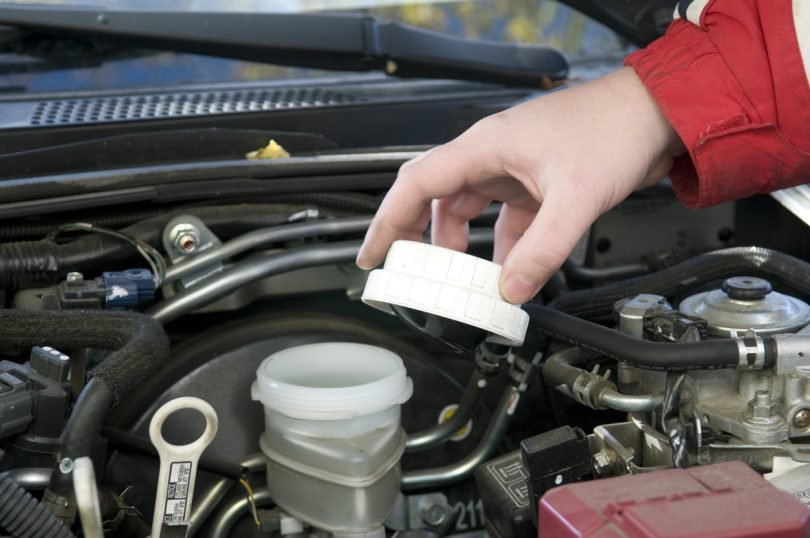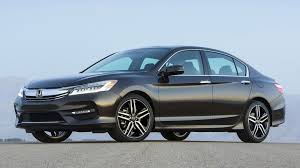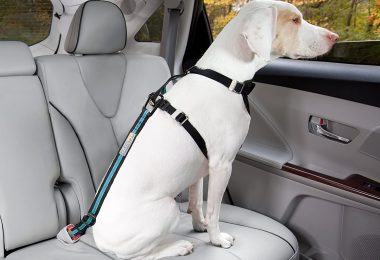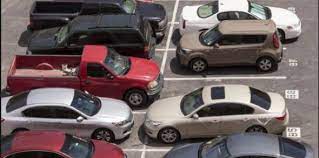Brake fluid is very important in the vehicle. A vehicle that has no brake fluid is capable of causing accident that would claim lives, money and property. So, keeping your brake fluid topped up is incredibly vital. Without it, your braking system will cease to function, putting you and your passengers’ lives in jeopardy, and potentially damaging your vehicle.
We will like to explain what a brake fluid is and how it functions in a car. Brake fluid is a hydraulic fluid that helps with the movement of the brake pedal. Another important thing it does is that it lubricates the brake system. It also helps to prevent corrosion. For most vehicles, the brake fluid is glycol-ether based. In some other types of vehicles, the brake fluid could be silicone-based (DOT-5) or mineral oil-based (LHM). Before you add brake fluid, be sure to take a look at your owner’s manual to see what is necessary for your particular make and model.
Your car’s brake system is one of several automotive hydraulic systems. When you push down on the brake pedal, fluid is delivered through the brake lines from the master cylinder to the brake drums or discs, slowing the car through friction. To make the system work properly, you need to have enough brake fluid in the system, and it needs to be in good condition to do its job properly in the vehicle.
Therefore, brakes are one of the most critical components of your vehicle, and it’s not hard to see why! Because of this, proper brake maintenance is absolutely essential. One of the most important maintenance tasks is checking your brake fluid. You may be wondering how to check brake fluid. It’s pretty simple checking your brake fluid level and topping it up is a simple task!
Locating the Brake Fluid Reservoir
For you to check your brake fluid level, first pack the car on a flat surface. You then let your car cool down if it’s been running which will make it hot. Then access the engine underneath your hood. How you open the hood varies with different cars and trucks, too (again, your owner’s manual can help with this). There’s usually a lever or button inside the cabin located at side of driver’s side directly opposite his knee while sitting down on the driver’s seat which is most accessible to the driver, often along the left side. Once you find and activate it, you will hear the sound hood “pop” open.
As a safety measure, popping the hood is only the first step. Step around to the front of the vehicle and feel under the center of the hood. You’ll find a lever that you need to move or pull until you can lift the hood up the rest of the way. Be sure to secure the hood so it doesn’t fall back down. Newer vehicles sometimes have a built-in system, but others will require you to lift a brace to hold up the hood.

It’s easy to check the condition of your brake fluid on modern cars. There is a clear plastic reservoir in the engine compartment back on the firewall. It has marks for minimum and maximum levels. As long as the fluid is in between these two marks, there is enough. If you indeed have to add brake fluid, make sure you use the type specified in your owner’s manual. There are three specifications for brake fluid: DOT 3, DOT 4, and DOT 5. Make sure you only use the type your car calls for, as the different types should not be mixed. Brake fluid is hygroscopic, which means it can attract and hold water, which in turn can cause corrosion to the brake system components.
So how do you know when it is time to change your brake fluid?
Most manufacturers have a recommended time interval to change your brake fluid, usually every two years. This is a fine way to make sure your brake fluid is changed regularly, but there are better ways to gauge if your brake fluid is still good after two years.
Check the color of the brake fluid: Fresh brake fluid is clear to slightly yellow in color. If your brake fluid is brown or black, it’s a solid indication that it might need changing. Further testing will confirm that. Use a brake fluid test strip: This determines if there is copper in the brake fluid and indicates the on-going ability to inhibit corrosion. These strips will quickly tell you if your brake fluid is still serviceable or if it needs to be changed.
It is important you check the moisture of your brake fluid. Since brake fluid absorbs water over time, gets diluted and its effectiveness is reduced. This can lead to corrosion of brake components like brake calipers, which can stick brake lines that can corrode; and seals that can degrade
Because water has a lower boiling point than brake fluid, this can have an impact on braking capability. A spongy brake pedal is an indication of water in a brake system that has boiled and become a gas in the system. Over the course of two years of normal braking, a car’s brake system can absorb 5 percent of its volume in water.
Cleaning off the cap before you open it helps keep the brake fluid clean and free of contaminants (including moisture), which can make your brakes work less efficiently and even corrode the interior of your brake system . It could even lead to a failure of your anti-lock braking system. So be safe: Take a clean rag and wipe off any loose particles from the cap.
Read More:How Much Does it Cost to Replace Car Radiator
The simple method of what we have said on how best to check brake fluid is by the following:
Step 1
Open the car’s hood. It’s best to do this when the car is stopped on a level surface, with the engine cold.
Step 2
Look for the master cylinder. On most cars, the master cylinder is located at the back of the engine bay, on the driver’s side. There’s a reservoir above the cylinder itself.
Step 3
Check the fluid level in the reservoir. On most new cars, the reservoir is transparent, with lines marked Min and Max the brake fluid level should fall between these lines. Cars older than the 1980s may have metal reservoirs, requiring you to remove the reservoir cap. Newer caps screw on and off, while some older caps need to be pried off with a screwdriver.
Step 4
Add brake fluid to the reservoir if required. Pour the fluid carefully into the reservoir, wiping up any spills, as brake fluid is toxic and corrosive.
- Use only the brake fluid with the DOT specification recommended in your owner’s manual. There are three main specifications: DOT 3, DOT 4 and DOT 5, each having its own properties. It is possible to use DOT 4 brake fluid in some cars that call for DOT 3 fluid, but never the reverse and DOT 5 brake fluid can be used only in cars that call for that specification. Note that most cars indicate the required brake fluid DOT at the reservoir cap.
This is also a good time to check how well the reservoir cap seals.
Step 5
Replace the reservoir cap and close the hood.
If the brake fluid level is significantly below the “Min” or “Add” line, you should have your brakes inspected for excessive wear. As brake pads wear down, brake fluid can channel itself out of the brake lines into the callipers.
Read More: Symptoms of Blown Piston Ring
It is also possible to have the brake fluid reservoir full and not have the brake fluid reaching the master cylinder. If your brakes feel spongy even with the reservoir full, take your car to a mechanic for repairs. This is the best way to check brake fluid to avoid jeopardizing you and your passengers, even your car in accident.
In the next article, we are going to publish what it will cost you to flush brake fluid.







